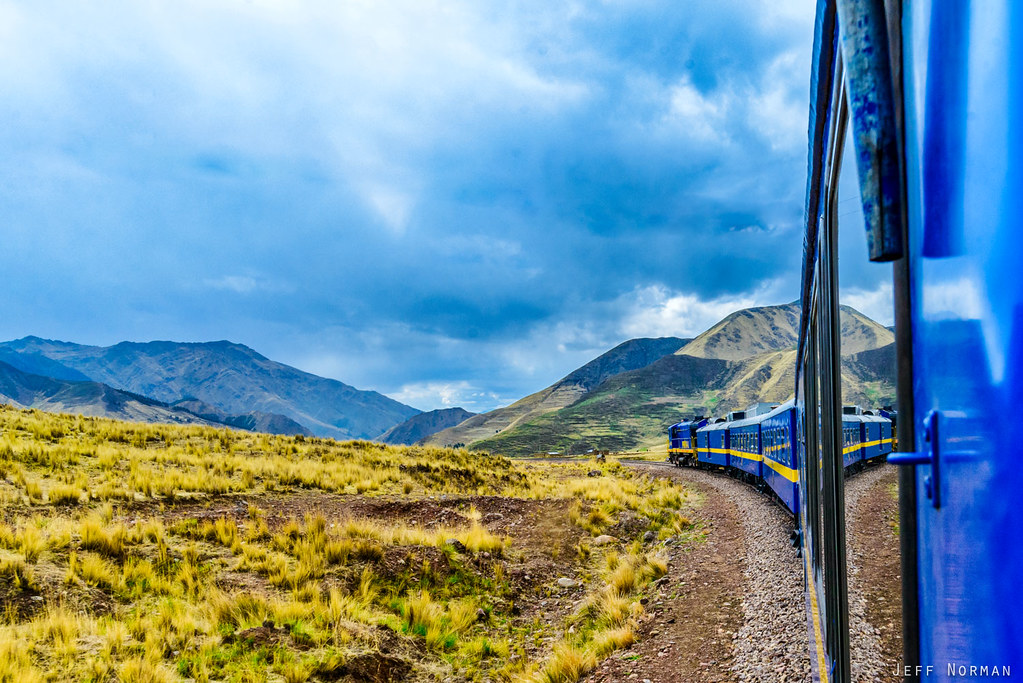
“Andean Explorer, Peru” by dcsplicer is licensed under CC BY-NC-SA 2.0.
Executive Summary
The Andes region continues to battle the COVID-19 pandemic, especially with the Omicron variant, which has increased infections in all countries. Unstable governments coupled with a lack of vaccine deployment in rural regions have only heightened the social and economic effects on citizens. The opening of countries’ borders with a high increase in tourism due to the weather has only led to a surge in cases, far more than what countries have expected and were prepared for. Depleting vaccine and testing resources contribute to case numbers uncertainties, affecting the governments’ responses to the pandemic. Additionally, economic crises, such as in Venezuela, and natural disasters, such as in Peru and Ecuador, use government resources and divert focus from the pandemic.
The lack of attention expressed towards rural regions has led to a lack of trust from rural communities towards governmental institutions. Many have refused vaccination, especially in Bolivia, due to the lack of trust and education towards the vaccine itself. Hence, there is a vicious cycle where the unstable executive branch, such as Peru and the constant changes in prime ministers and Congress, cannot permeate and get to these rural communities who do not feel that their government is placing them as a priority. Increased levels of violence, as in Colombia, have led to displacement and chaos in countries, further spreading the virus.
Poverty and the need for migration are still at the forefront of the Andes region’s issues. The movement across the Colombian-Venezuelan border has continued throughout the pandemic. In Colombia, legislators have worked to secure healthcare and temporary immigration status for migrants to ensure their safety. Many families from all countries in the area have not been able to bounce back from the economic toll of the pandemic. Unemployment rates have skyrocketed and have led to many working in the informal sector, where lack of health and security are common aspects of informal labor. 12.4% of Ecuadorians ingest fewer calories than what is needed for a healthy lifestyle, and in Venezuela, over 35.5% of the population remains unemployed with nationwide shortages of essential goods and services.
Having been in the pandemic for almost two years, long-term effects emerge as the pandemic becomes a part of everyday life. Education in all countries was significantly impacted, but schools have returned in person with newly approved vaccines for children. However, in many countries, such as Venezuela, teachers fear going to school due to a lack of safety measures. This reflects an overall trend of a lack of resources, specifically in public schools, as governments struggle with limited means and high demand.
- Colombia began 2022 with 5,994,301 recorded cases in the history of the pandemic, with 72,384,874 administered vaccine doses
- President of Colombia, Ivan Duque, has a current approval rating of 25.1%, with his Congress having a disapproval rating of 72.3%
- Despite Nicolas Maduro winning Venezuela’s November 2021 election, the United States continues to recognize Juan Guaidó as the legitimate president of Venezuela
- In the first half of 2021, Venezuela recorded 10,482 cases of Covid-19 in indigenous populations
- In Colombia during 2021, there were over 136 mass forced displacements of people, primarily Afro-Colombians and indigenous communities, due to violence in the region
- Following COP26, Colombia set ambitious goals for CO2 emission reductions pledging to achieve carbon neutrality by 2050
- Illegal mining sites in Venezuela used to traffic gold and drugs have led to the deforestation of over 14 different indigenous communities
- Venezuela has had 500,545 reported cases in the history of the pandemic, with 36,962,256 administered vaccine doses.
- Castillo has replaced all his top ministers and is naming a new prime minister. Allegations that he has done little to tackle the corruption in his administration, have created a tumultuous few months since his presidency.
- Peru is ranked 105/180 in the corruption index, with an overall score of 36/100 that has lowered two more points due to the government officials and higher ranked individuals that were secretly vaccinated ahead of any other health worker in the country.
- Vaccination of 5-11 year olds has been suspended due to a lack of doses in Iquitos. About 12.6% of kids in the region of Loreto already have their first dosis against coronavirus, until February 2, 2022.
- Peru is the country hosting the second largest number of refugees and migrants from Venezuela, with about 1,286,000 Venezuelans, and this includes 530,000 asylum seekers.
- A major hospital in Bolivia’s largest city stopped admitting new patients due to lack of staff. With the new variant, infections are accelerating showcasing the still lack of infrastructure that is needed when a population is exposed with a high number of infections.
- Roughly half of Bolivia is yet to receive a single dose, and the vaccination campaign started and had its first vaccines administered since October. Many Bolivians are choosing not to vaccinate due to:
- Self-described anti-vaxxers
- 30% due to religious regions
- Low level of education/misinformation of the vaccine
- Lack of trust in the healthcare system
- A commission in Bolivia was created to oversee rape and femicide cases that has increased dramatically due to the pandemic. For the time in history, there is a system to process convictions for crime, rape and feminicide for people that have been released.
- Ecuador’s court gives indigenous groups a boost in mining and drilling disputes which impeded the president’s plan to increase oil production in order to boost the economy. It is a win as the extractions occur in those areas where many of the groups live.
- In Ecuador, the spread of COVID-19 reached transmission levels never administered before, with cases of COVID-19 doubling to 6.1 million over the past week.
- In Ecuador 74.3% of the population are fully vaccinated (7.6% partially vaccinated)
- Total booster doses administered 14.09 per 100 people administered and began in October 22, 2021
- First vaccination January 21, 2021 with Pfizer vaccine
Jump to key trends for each rubric:
Key trends for Governance and the Rule of Law
The Andean governments are racing to acquire vaccines due to a devastating third wave that has put the health system under pressure with a shortage of medical supplies.
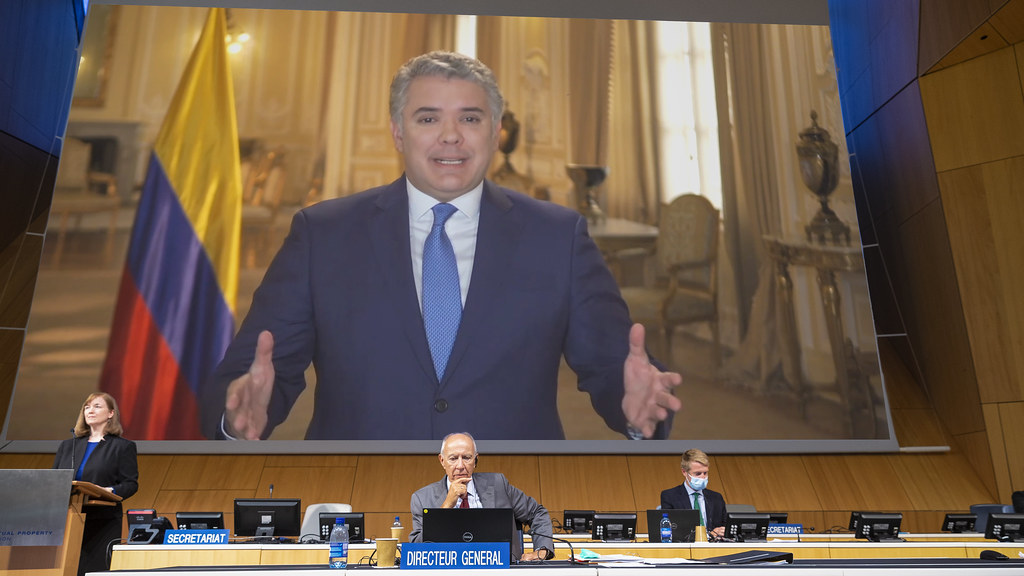
Executive transformation creates inconsistent pandemic planning
The Andes have encountered a turbulent year from a lack of control in the pandemic to an unstable governmental system that struggled to control the pandemic and give health access to rural regions in the Andes. With elections in two countries coming soon, the instability and distrust for political leaders have led to losing trust in the government. Following protests in Colombia, the country reaches a monumental election year with both the presidency and legislature up for election. Apart from elections, countries like Peru have had new cabinets constantly changing with over 20 ministerial changes. In Bolivia, there have been protests by the people who feel a lack of respect for democracy, and overall corruption is at the center stage of the COVID-19 crisis. Social movements spread the message of widespread distrust and frustration in government. The mismanagement of funds and the lack of equal distribution of health services to rural and urban regions only highlighted the economic disparities, further excluding rural regions in the Andes. In turn, this has led to a lack of vaccination turnout for these regions as the distrust for their government has led to the refusal to get vaccinated. In addition, lack of education and susceptibility to misinformation has only exacerbated the lack of vaccine administration in the Andes.
President Iván Duque virtually addresses global conference attendees. “WIPO Director General Gurry and Colombia President Duque Open WIPO Conference on the Global Digital Content Market” by WIPO | OMPI is licensed under CC BY-NC-ND 2.0.
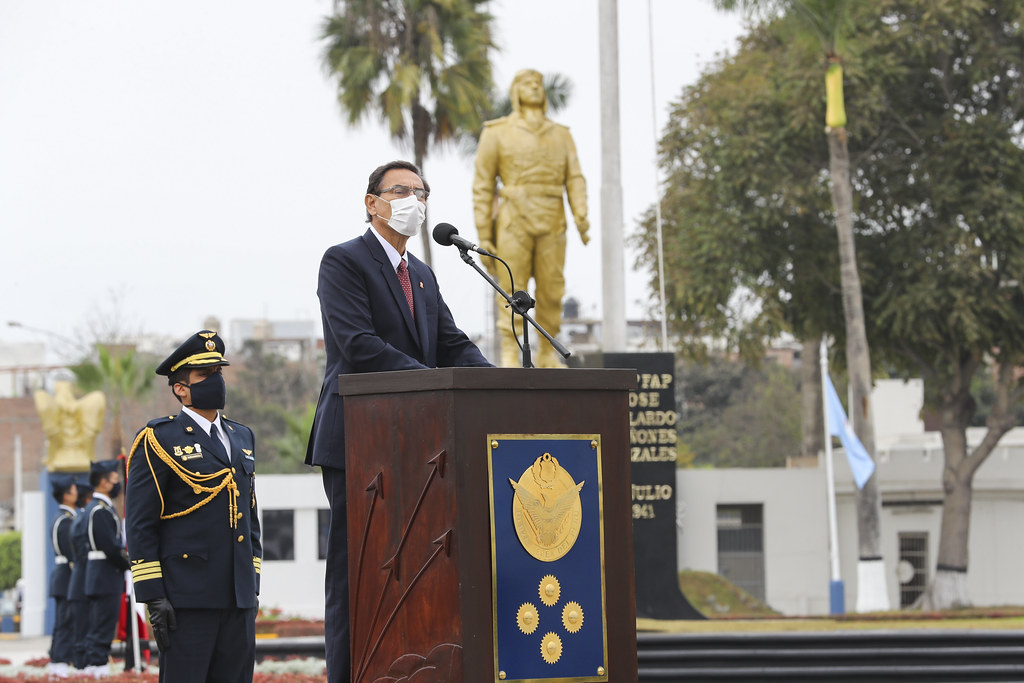
Vaccine deployment in rural regions with the second dose and booster shots
Lack of access to rural regions has caused hesitations surrounding vaccine deployment success. In Peru, the lack of stock of vaccines that were sent to the region of Iquitos led to the suspension of vaccination to 5-11-year-olds. This period is increasingly important to increase rural region vaccination throughout the Andes, as it is the months where tourism is heightened and the susceptibility to being infected increases, especially in touristic rural regions. In Colombia, there is a lack of testing to estimate the pandemic’s effect and severity, especially with the new variant Omicron. With indigenous populations making up 16% of the population, there have been efforts from NGOs and other humanitarian organizations to vaccinate the indigenous population. Geography has been a large barrier due to the remoteness of rural and indigenous communities, making it even more difficult to access and provide medical care. The remoteness further emphasizes the difficulty of gauging the necessities and severity of the pandemic in these regions.
Impeached President Martin Vizcarra giving a speech. “DÍA DE LA FUERZA AÉREA DEL PERÚ” by Presidencia Perú is licensed under CC BY-NC-SA 2.0.
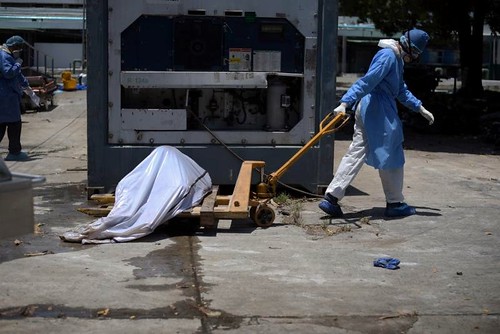
Increased Violence
With an initial decrease in violence through many countries’ first lockdown, as countries begin to open again violence rates have risen. In 2021, Colombia saw the highest homicide rate since 2014, after having the lowest homicide rate in 44 years in 2020. With large social mobilizations and movements during 2021, the region experiences high police brutality and violence levels. Increased organized crime has resulted in a larger military presence, resulting in greater police and military deaths than in previous years. In Ecuador, there was a surge in violence with illegal weapons entering Peru and Colombia. This increase in violence has demanded public attention. In Bolivia, a government commission was formed to oversee rape and femicide cases. This marks the first time in history where convictions can be reprocessed in rape in femicide cases where the accused have been released.
A health worker in Ecuador transports a corpse through the street. “COVID-ECUADOR” by Ninian Reid is licensed under CC BY 2.0.
Key trends for Growth and Innovation
Faced with significant economic contractions and struggling informal sectors, countries in the region have invested in stimulus policies and found innovative economic solutions to the COVID-19 crisis. The third wave and ensuing additional lockdowns have contributed to more economic impacts.
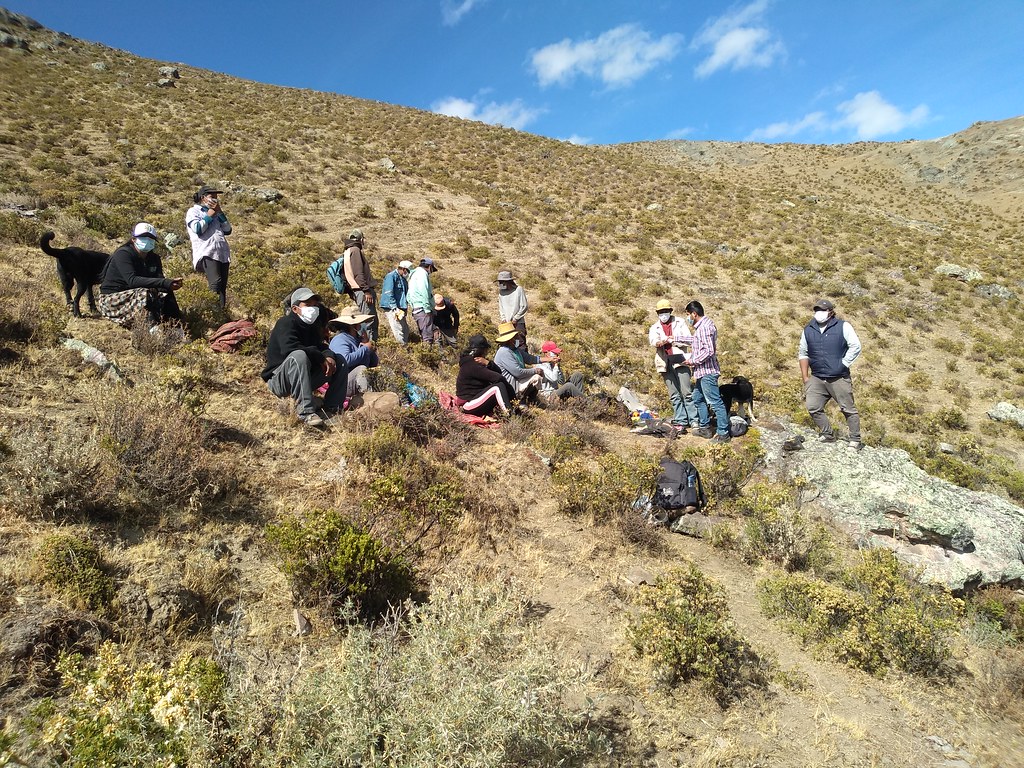
Drafting of Economic Recovery Legislation
All countries experienced huge economic setbacks as a result of the pandemic. In Bolivia, more than 60% of households have shown no sign of recovery. The economy weakened household incomes and led to double the amount of food insecurity. Colombia and Venezuela are both in the process of developing economic recovery plans. Venezuela’s plan specifically targets combating hyperinflation, and the development of digital banking. Venezuela enters 2022 with a positive growth rate after ending 2021 with a 4% growth rate. Colombia plans on increasing its already existing government subsidy program. Peru is predicted to have a strong recovery following 2021 with GDP predicted to grow by 13%. This growth is driven by their manufacturing and construction sector. Looking to the future, it is important to watch how these economic plans are implemented and how they will help the country recover.
Communities working together to find measures to store water in Peru. “Communities implementing measures to store water in Peru” by iied.org is licensed under CC BY-NC 2.0.
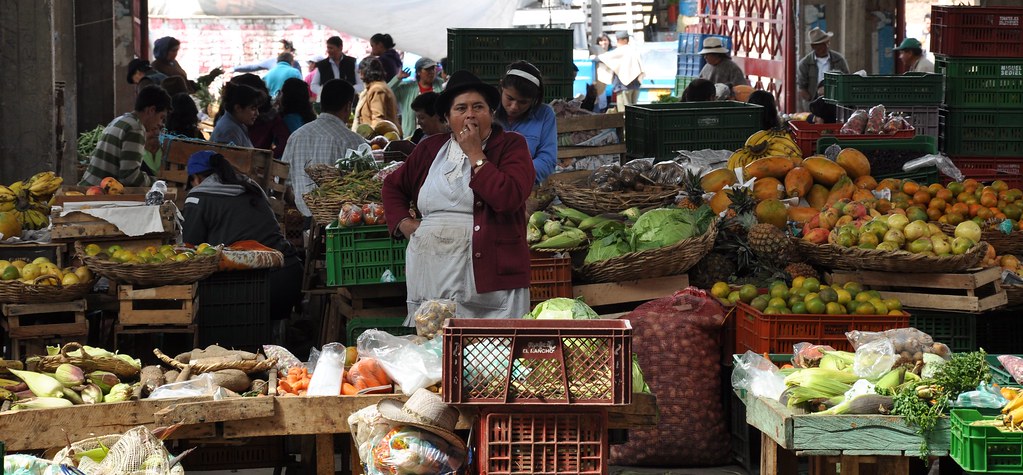
Technological Innovation
Technological progress has been a focus of the region, especially in combatting the pandemic. Venezuela’s economic recovery plan focused on promoting its digital economy. They hope digital banking will make their currency and banking more accessible to their population. Peru and Colombia were both recognized in 2021 for their technological growth. Colombia was ranked 45th in the world for the use of artificial intelligence in 2021’s Government Readiness Index. This places them 3rd in Latin America after Brazil and Chile. Peru increased six spots on the 2021 Global Innovation Index, making them 70th out of 132 countries. This results from a focus on market sophistication, business, human capital, and research. The use of technology in managing the pandemic and economic recovery has been crucial especially in Colombia using Sibsén- an app that helps families analyze qualifications for the government’s new subsidy program.
Farmers markets, such as this one in Samaca, Colombia, are some of the informal markets that have been forced to close during the pandemic. “Farmer’s Market in Samaca, Colombia” by momentcaptured1 is licensed under CC BY 2.0.
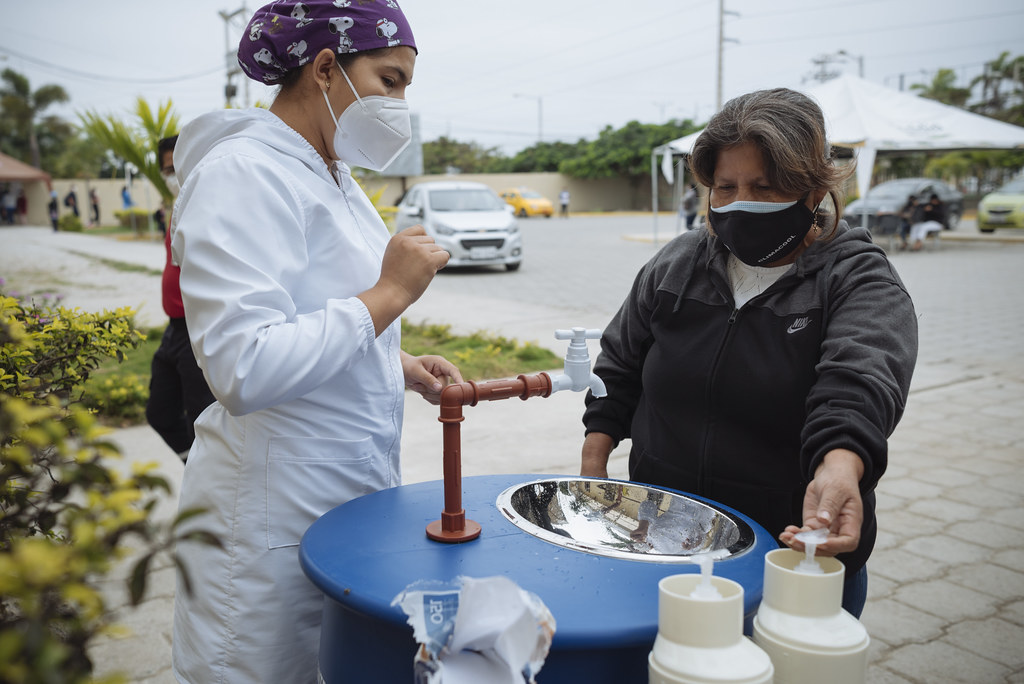
Education Disparities
The pandemic has had a catastrophic impact on the education sector across the world. The Andes are no different. As of January 10th, 2022, over eight million Venezuelan students returned to in-person school. A barrier in Venezuela is the fear of many teachers returning to in-person learning. With only 40.4% of the population fully vaccinated, there is a fear of contracting the virus from students. The economic state of the country has also placed further barriers on safety measures with pre existing disparities in public schools such as lack of electricity, internet access, and running water. In Colombia by the end of 2021, 97% of schools were in person. However, 2021 saw an increase in dropout and repetition rates which deepened pre-existing gaps in academic performance. Looking forward, it will be important to recognize how greater testing and vaccine access, along with economic recovery, help the development of schools and educational systems.
Health workers have set up handwashing stations across the region. “©UNICEF/ECU/2019/Arcos” by UNICEF Ecuador is licensed under CC BY 2.0.
Key trends for Social and Cultural Inclusion
The surge of a second wave in COVID-19 crisis has disproportionately impacted vulnerable populations in the region, including indigenous communities, women and rural students.
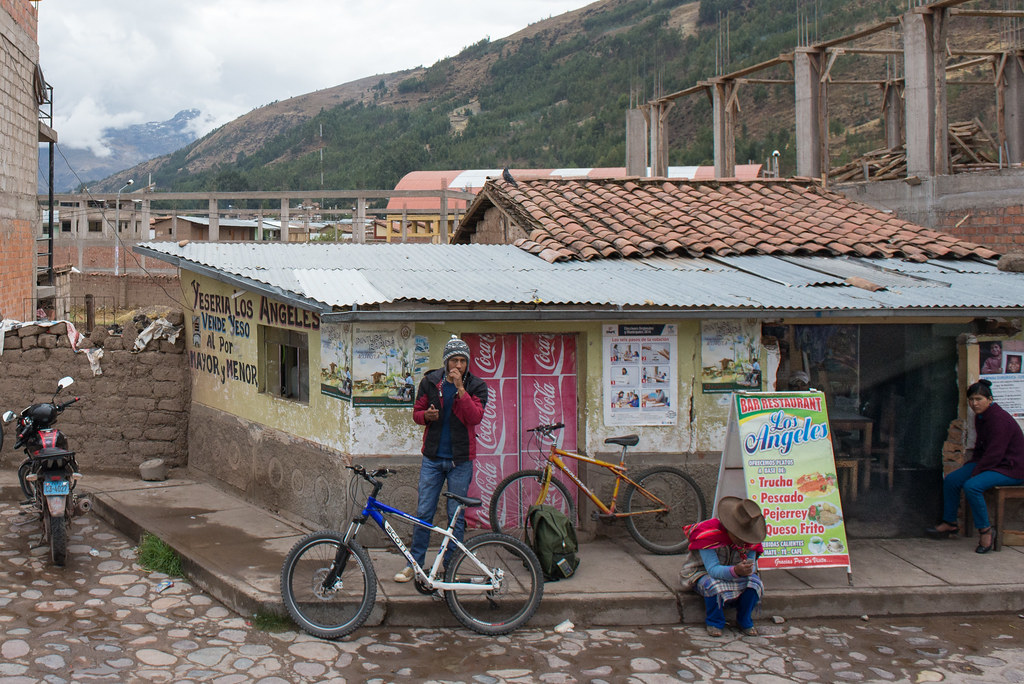
Increased Poverty
The pandemic has only exacerbated poverty. Despite the pandemic occurring for over a year, many families have not been able to bounce back from the economic effects the pandemic has caused. International organizations have concluded that it will take six years for Ecuador to recover its GDP and food security has been at the forefront of the issues that families encounter. 70% of the Peruvian population have informal jobs that give no basic health care benefits such as vaccination and pandemic aid that formal jobs could give. The lack of formal jobs and social aid forces many to go to work and this is where the contagion and infection increase due to food market sales among others. 12.4% of Ecuadorians ingest fewer calories than what is needed for a healthy lifestyle, and the access to food has only decreased as lack of income has limited how much citizens can provide for themselves and for their families. In Venezuela over 35.5% of the population remains unemployed with nationwide shortages of basic goods and services. Additionally, there has been a lack of access to health resources as many people work part-time jobs lacking healthcare. 35.7% of Colombians live under the poverty line.
An indigenous town in Peru. “Bar Restaurant Los Angeles. Checacupe, Peru.” by Shawn Harquail is licensed under CC BY-NC 2.0.
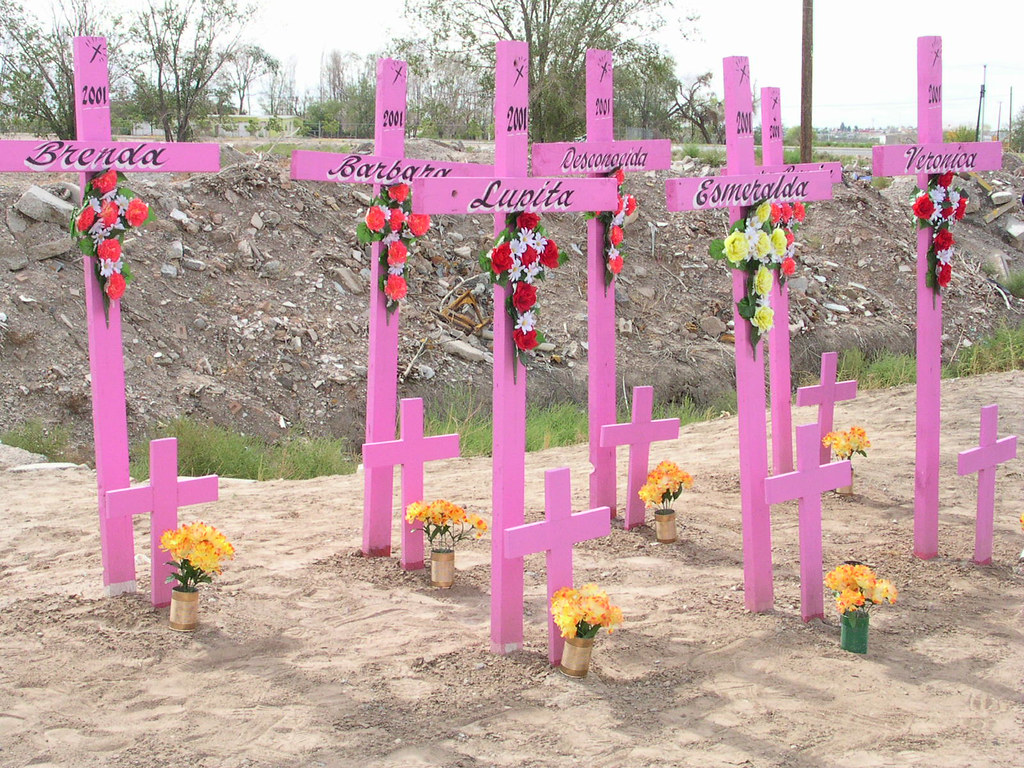
Environmental Disasters
Environmental disasters and effects have tied up resources otherwise needed to address the pandemic. 11,900 barrels of oil spilled into the sea off the coast of Peru. There has been a search to place responsibility for the spill as the oil washes across 27 miles of the Pacific coastline. Endangered animals have been affected with estimations of 10-20 years until full environmental recovery. In Ecuador, a huge landslide triggered by the heaviest rainfall in over 20 years killed at least 22 people in Quito. Like Peru, Ecuador experienced an oil spill in the protected area of the Amazon. The damage that occurred due to the oil leak could take over 20 years for normality, and the Amazon provinces now have little source of bathing, lack of food (fish from the river), and lack of drinking water. The lack of infrastructure that still permeates the region reinforces the lack of state investment linking back to the little attention that rural and indigenous communities have during the pandemic and the sense of isolation from aid.
Victims of gender-based violence. “Still from Dual Injustice” by WITNESS.org is licensed under CC BY-NC-ND 2.0.
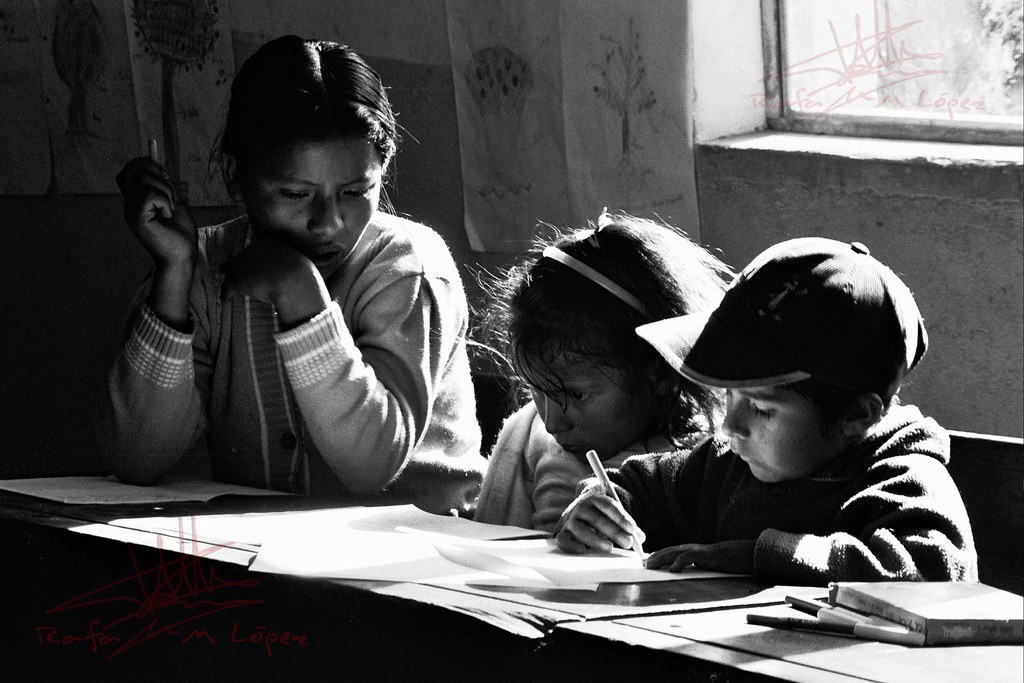
Complex Migration
Migration due to loss of jobs, and economic security in many respective countries has led to further migration in the Andes region in search of a better life situation. Colombia now hosts over 1.7 million Venezuelan migrants that are undocumented, meaning they lack access to security and health services. Peru is also the second country hosting the largest number of refugees. The intersectionality of the three countries indicates how the pandemic has affected the pandemic and now countries are faced with either, a fleeing population, and other with border control and the dilemma of vaccinating illegal migrants and using scarce health resources for people that are not from their country. The living conditions in Venezuela were aggravated by the risks and health impacts that citizens felt, as they had no protection from their health systems if they were to contract COVID-19. Closed borders due to the pandemic in many countries, has led many Venezuelans to use informal and dangerous routes to enter Peru and Colombia, where many bring the risk of contagion.
Homeschooling in an indigenous town in the Andes. “Estudiando en la sombra” by Pachón – Rafa M. López is licensed under CC BY 2.0.
What to Watch:
Upcoming elections in Colombia mark a new chapter for the country following the protests and instability of the past year. Presidential elections will take place in May, with legislative elections in March. Disapproval ratings of the current executive and legislative branches signal a potentially large shift in government political ideology. Peru’s constant changes in prime ministers and Congress have caused uneasiness amongst the Peruvian population as a disorganized government manifests into a disorganized country unable to attend to citizens and their needs, especially with a high number of Omicron cases. Both these cases of governmental change affect the potential approaches to the pandemic.
Oil spills in both Peru and Ecuador are said to take years for a full recovery, in rivers that are used by indigenous communities as a source of food and water. The resources that are now being used in order to clean this long-term disaster will either benefit the rural communities by giving more attention to their needs or will take away much needed funding and resources from addressing the pandemic in these rural regions. Through the Latin American CoVax agreement, both Colombia and Venezuela have received large batches of vaccines needed to continue their pandemic response. With rural and remote communities lacking vaccine and testing access, it will be important to see how governments address these inequalities and gaps in resources.
Finally, with all the political turmoil, economic recessions, environmental disasters, illegal migration, and increased levels of violence and poverty, it will be important to follow how governments are addressing these issues and if the pandemic and rising cases are still at the forefront of their priorities for all citizens in the Andes region.